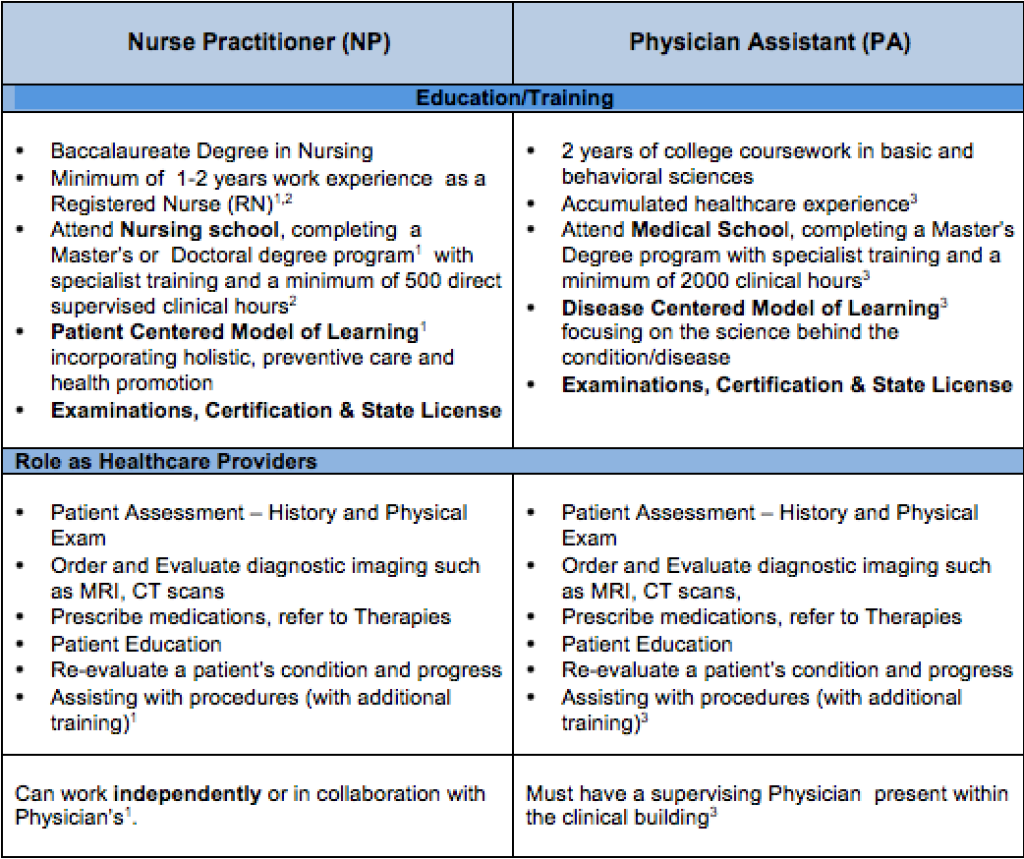Basic Definitions:
Reimbursement: This is the allowed amount based on actual charges for any injury or illness (disease).
Relative Value Unit (RVU): It is a standard which measures the cost or value of a medical service or procedure provided by physicians. The value is measured relative to other procedures. It compares the other medical services provided by the physicians. Each and every CPT code is assigned a Relative Value Unit for sequencing purposes.
Release of Information: This is an authorization from the patient that allows the hospital to release the admitting diagnosis to the insurer or payer. Hence the insurer can determine coverage eligibility. It also helps in release of final diagnoses and procedures performed for processing the claim for reimbursement.
Resource Based Relative Value Study (RBRVS): It is a scale which assigns value to procedures based on the resources required rather than based on the historical billing or payment data. It is used for physician reimbursement.
Supervision and Interpretation (S&I): It is the language identifying a physician within radiology who performs a service that involves supervision of personnel involved with the test, reading the film, and preparing the written report.
Types of Medicare Program
Medicare Part A covers inpatient hospital care, skilled nursing facility care, hospice care and home health services.
Medicare Part B covers physician services, outpatient care and other services which are not covered in Part A.
Medicare Part C is also called as Medicare Advantage plan. This plan is managed by private insurance companies.
Medicare Part D is a prescription drug coverage program.
HIPAA Guidance is provided by OIG (Office of Inspector General)
Nurse Practitioner is considered as a mid-level physician.



